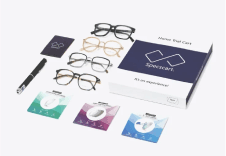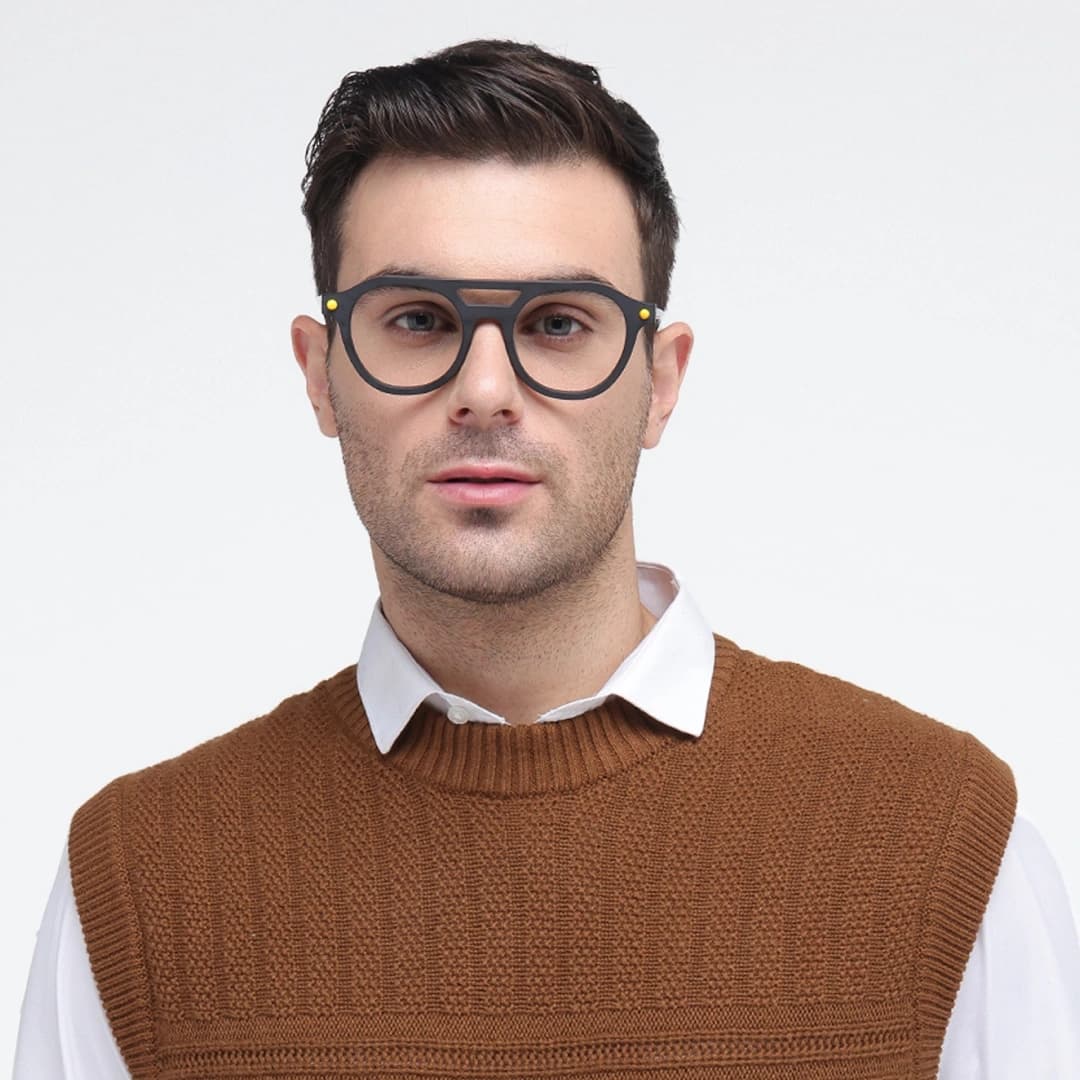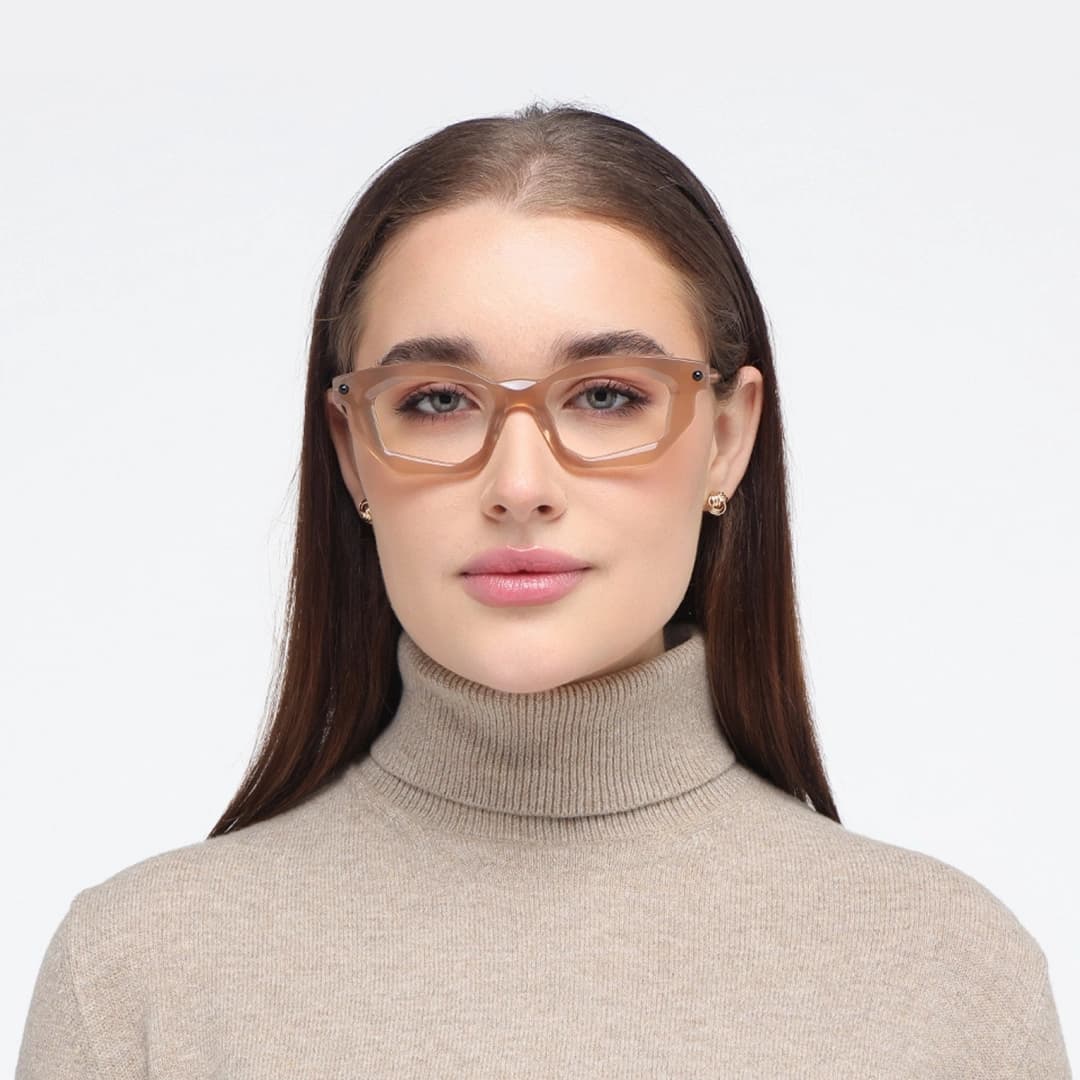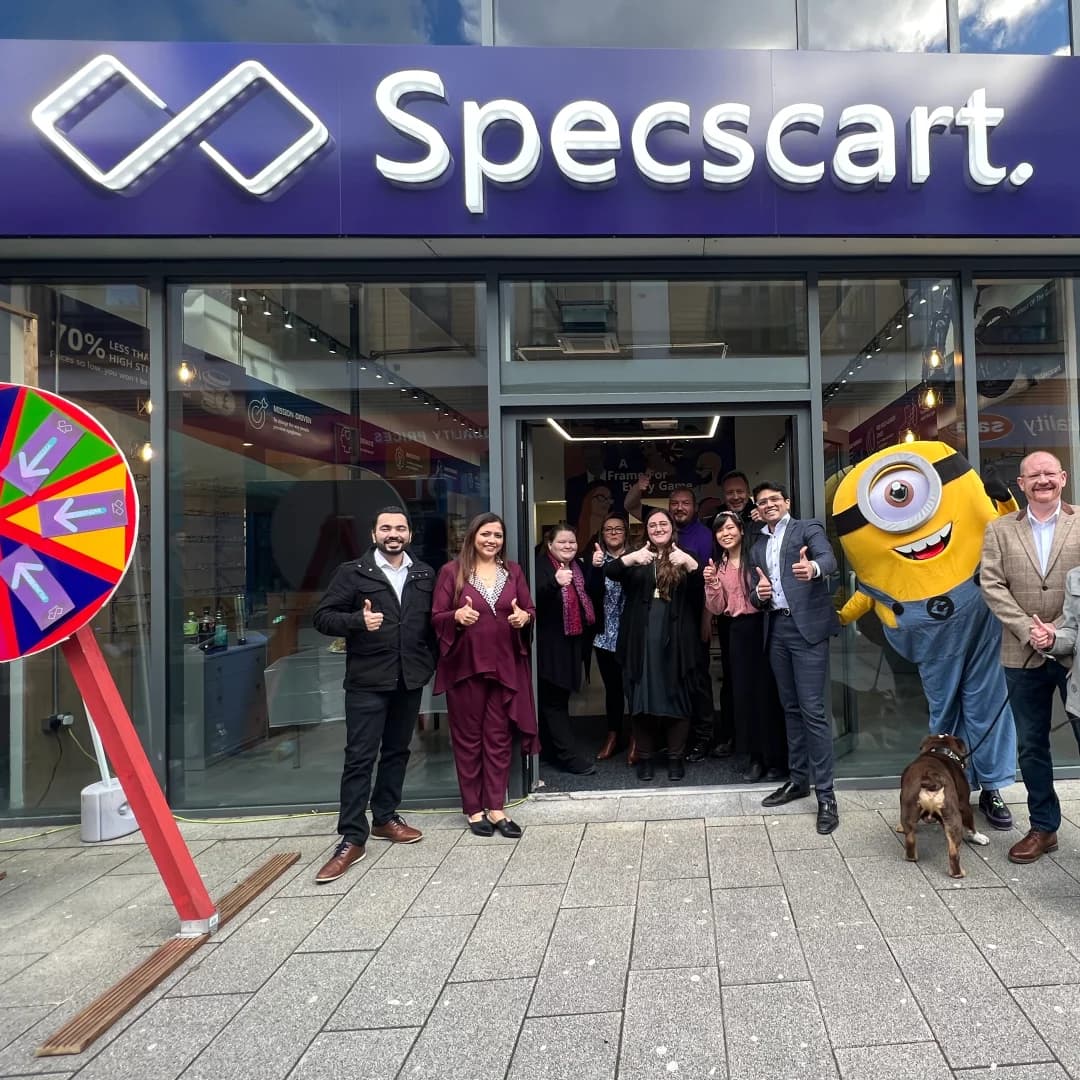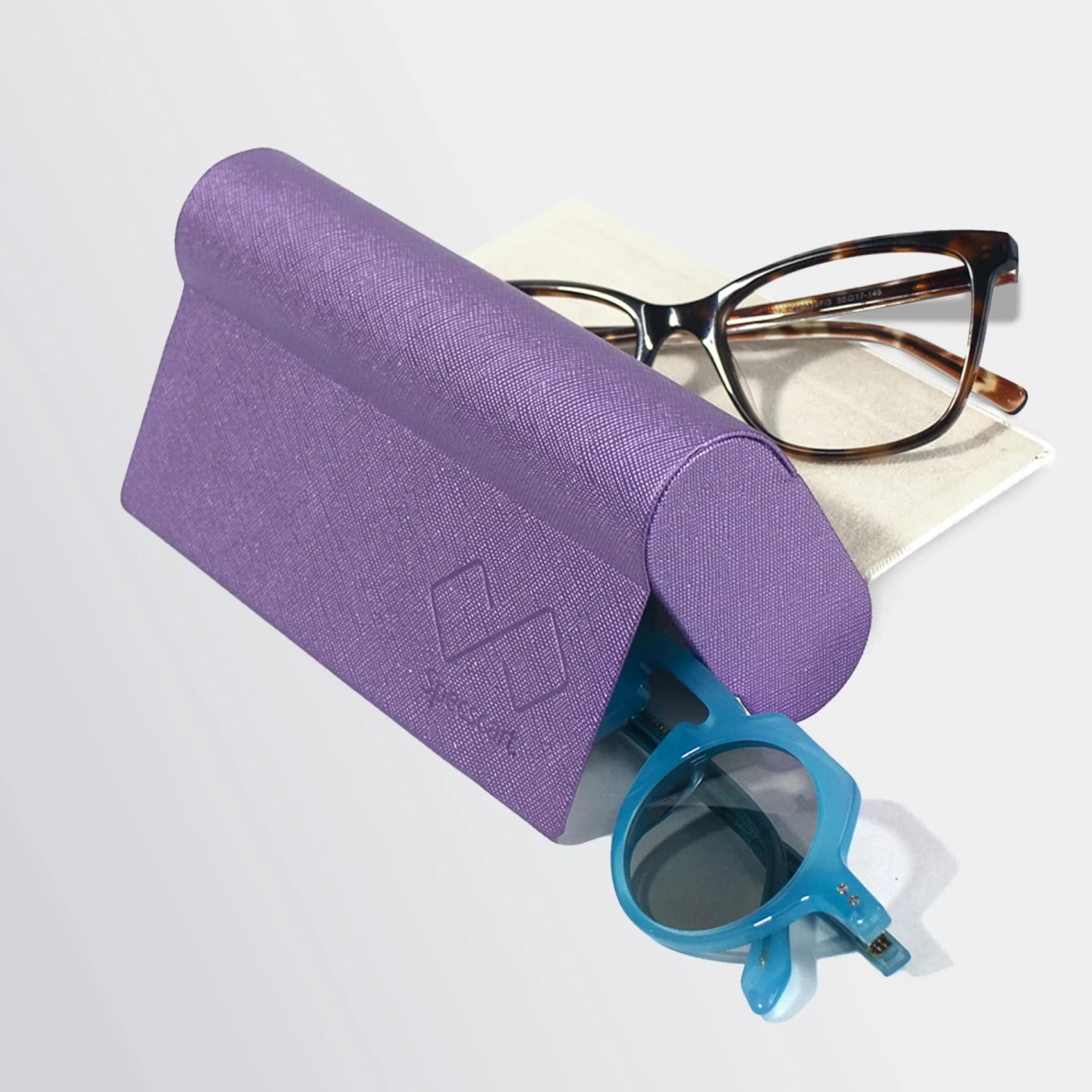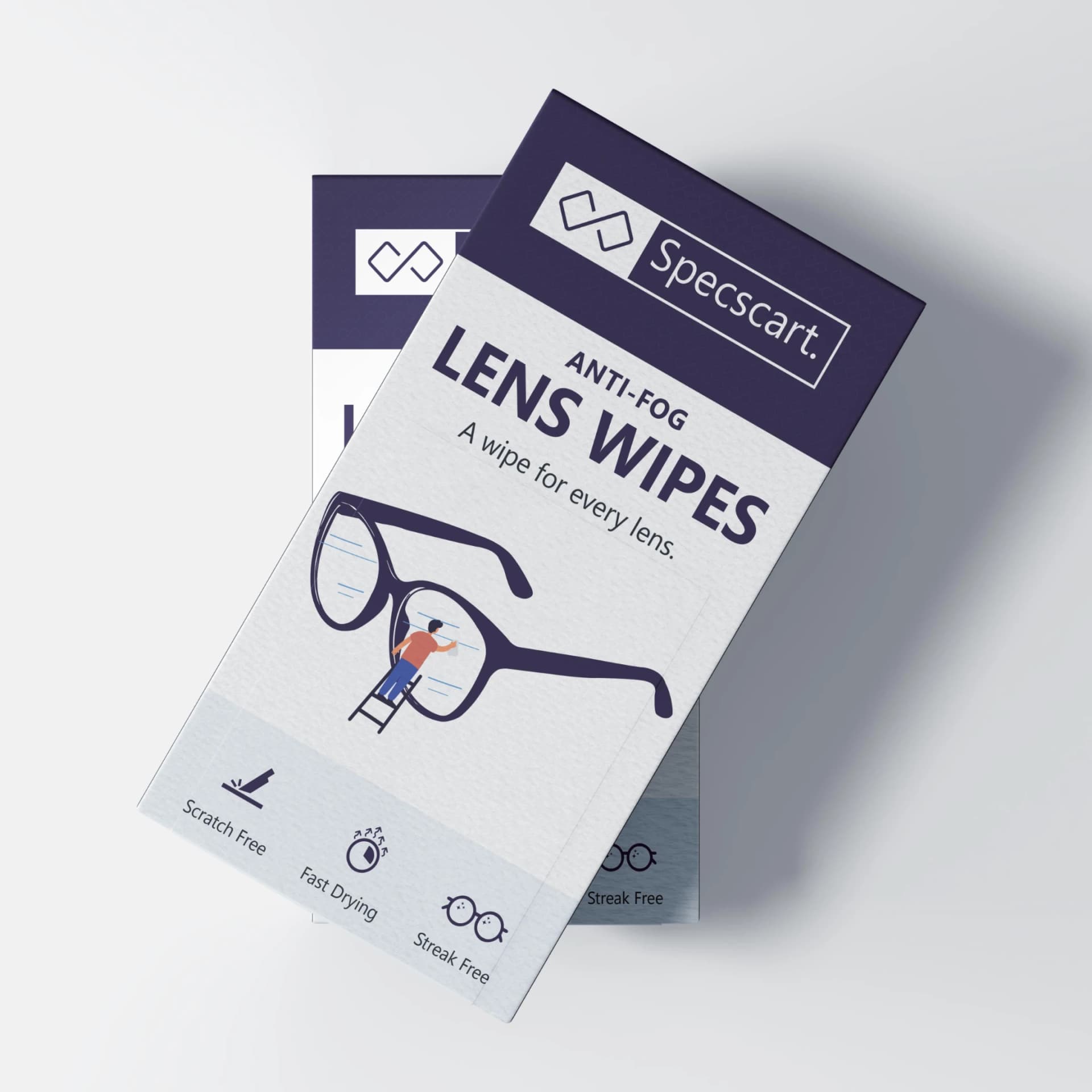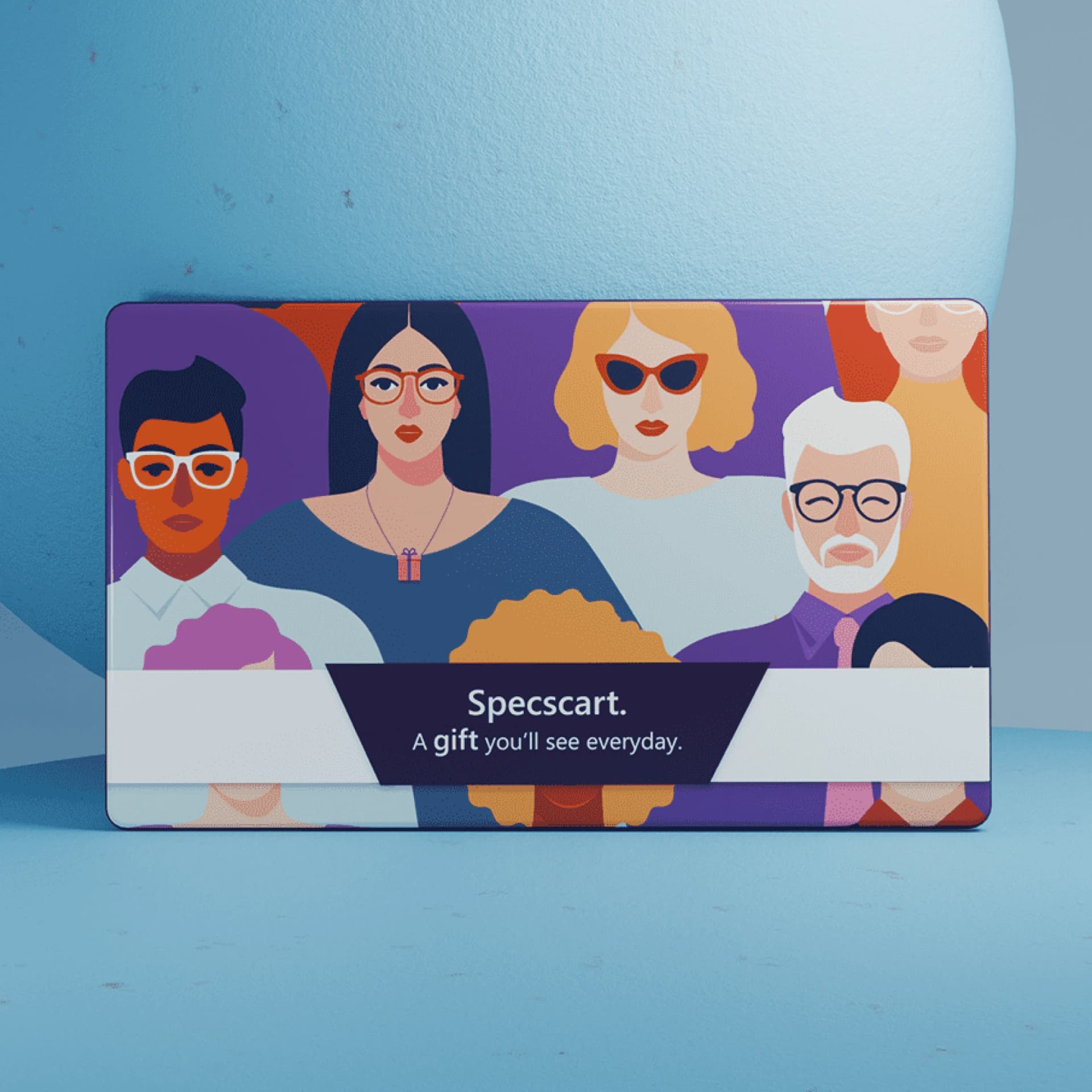A Guide to Presbyopia: Causes, Symptoms and Treatment

Content Manager
As we grow older, our eyes, like the rest of our body, naturally experience a decline in strength and function. People in their middle age or older than 40 can relate that it becomes difficult to concentrate on objects that are near and experience blurry vision. Presbyopia, a common refractive error in the eye, leads to the inability to focus at near and distant objects.
It’s very common to get confused about presbyopia. It’s not something you experience in the early stages of your life or see in your friends and family. To help you understand the condition in detail, here is everything you need to know about causes, prevention and treatment.
What is Presbyopia?
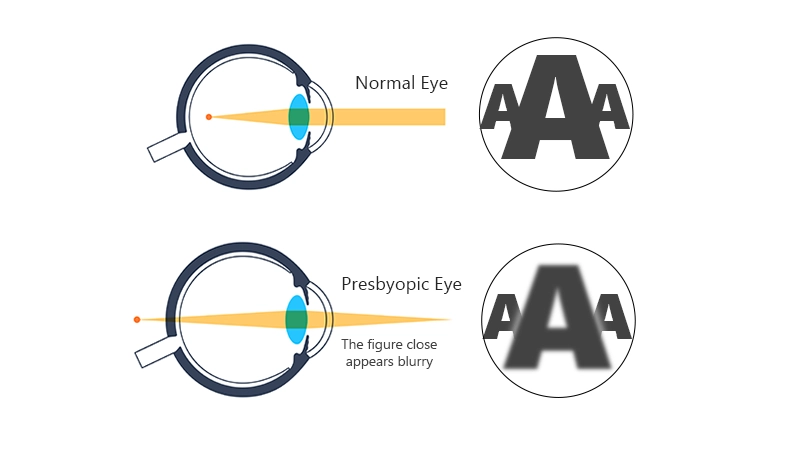
As we get older, the natural process of focusing or accommodation on objects decreases, and we are not able to see up close. The normal distance of vision that allows you to read and do needlework is no longer there. It happens because the muscles stop focusing light correctly on the retina.
It’s a very natural process that everyone experiences in their 40s or around that age.
You experience eye strain and headaches while focusing, and presbyopia increases with each passing year. Once you reach your 60s, your lens's ability to change its shape to focus at near distance becomes almost lost. Presbyopia can happen to anyone, and it affects even people with farsightedness (hyperopia) or nearsightedness (myopia). Myopia and presbyopia can exist at the same time.
What are the Symptoms of Presbyopia?
Here are the most common experiences a person comes across when they have developed presbyopia:
You have problems reading printed objects like a menu, a newspaper or books.
Text or objects appear blurry or unclear.
You experience dizziness while changing your vision from distant to near or vice versa.
You feel pain in your eyes in reading or seeing things in dim light.
You become instantly tired and exhausted while doing up close work.
You’ll hold things at a far distance to view them properly.
Reading or seeing things at a close distance won’t be normal or comfortable.
You get eye strain and headaches while reading or doing close work.
Causes of Presbyopia
As we age, the lenses of our eyes become stiff, causing Presbyopia. The lenses in our eyes turn old and less flexible than they were in the initial stages of our lives. In a normal person, to see objects clearly, the light rays pass through the lenses and focus on the cornea to form an image. To see objects at different distances, our lenses change their shape to refocus from one distance to another.
In a presbyopic person, the image forms at the back of the retina because the lenses gradually stiffen as we age. Due to stiffness and loss of elasticity in the lens, the light rays always fall at the back of the retina, giving us blurred vision. Hence, we require corrective lenses to see objects clearly.
Treatment for Presbyopia
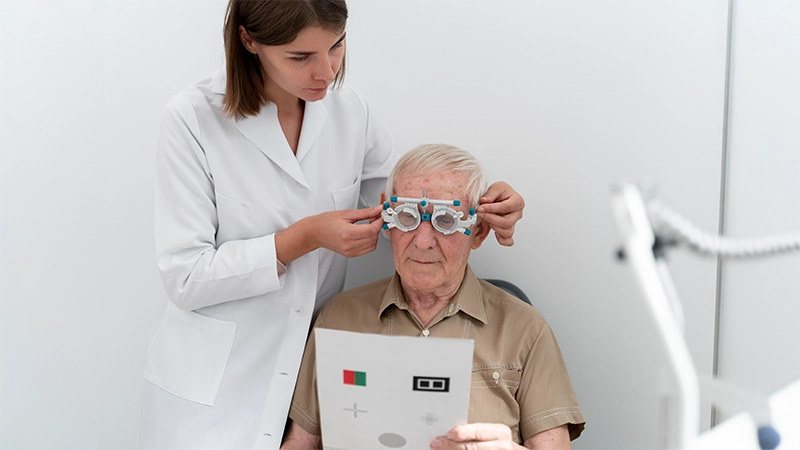
Presbyopia can be treated with corrective lenses, contact lenses or surgery. Glasses are the best way to get your original vision back without any complications. You can use reading glasses that are single-vision lenses to allow comfortable up-close work. However, if you are someone with both myopia and presbyopia, then Varifocal lenses will help correct your vision.
Varifocal/Bifocal is used for treating presbyopia and myopia together. Varifocal glasses have three different sections in their lenses where the top part allows distance view, the middle part allows intermediate work like a computer, and the bottom part allows up-close work. Instead of being a sudden change from distance to reading, the lenses gradually change from top to bottom, and you can see any distance with varifocal glasses.
Bottom Line
You can’t avoid Presbyopia, as it is a natural eye condition and almost everyone after their 40s experience this. All you can do to avoid further risk of vision loss is to wear corrective lenses. Therefore, to understand if you have myopia, presbyopia or both, you should take regular eye tests. If you live in Manchester, you can book a free eye test at your nearest Specscart store. You can also check out our premium range of varifocal lenses at a fraction of the high-street prices.
Unlock a £10 gift voucher instantly when you follow us. Just hit us up over DM and we will reply back with an exclusive code.
Caution: You may become style obsessed
Your way finder
1000+ Trendy Styles

Fashion Forward Sunnies




















